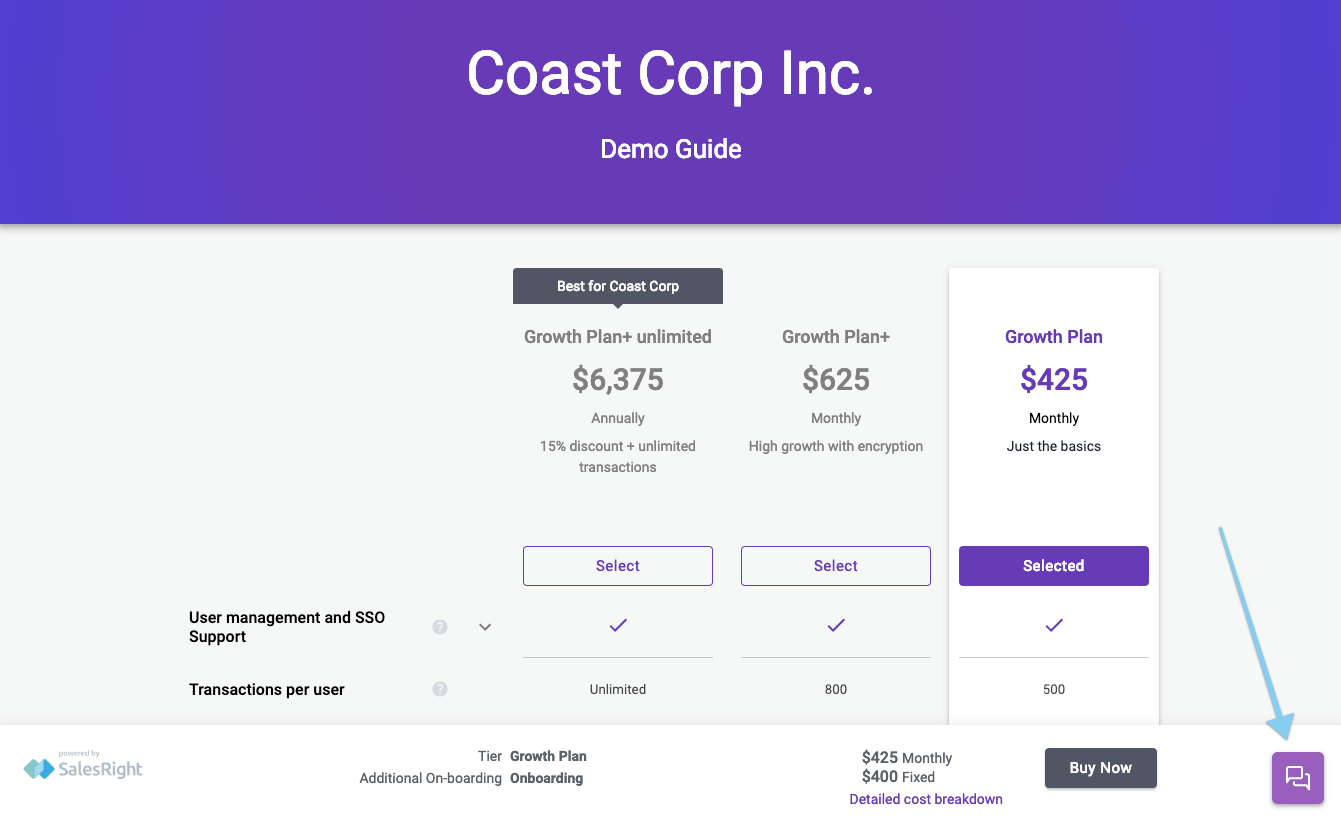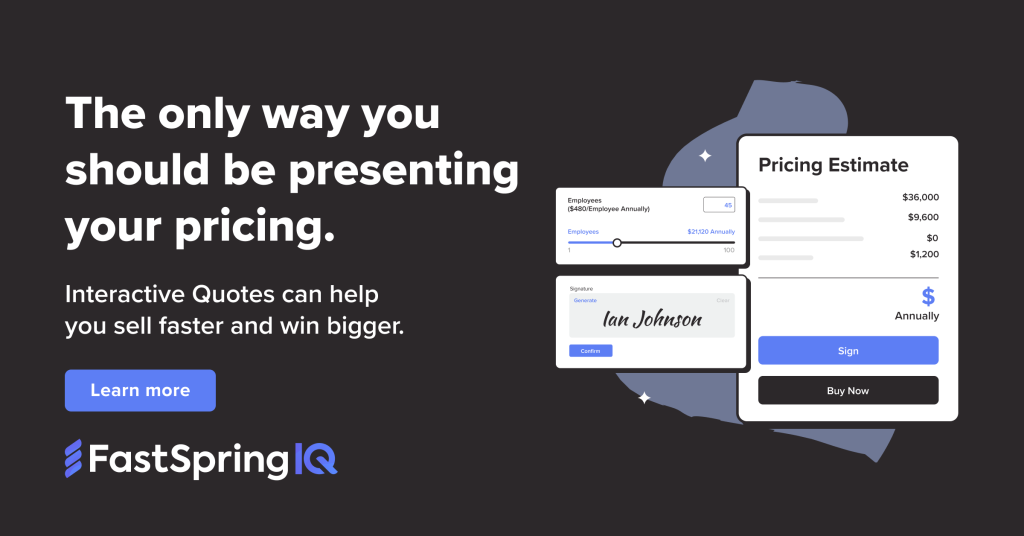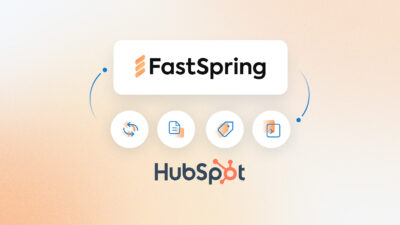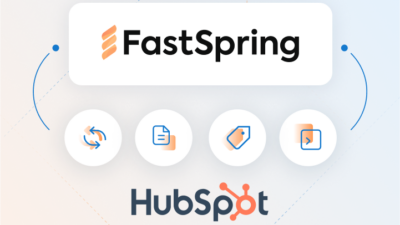During pricing calls, how do you convince a prospect that your price is the right one?
Some would say just tell them why your product is better than the alternatives…
Unfortunately, that will only get you so far.
Below are two strategies to help improve your pricing calls in a B2B SaaS environment where both Sales Development Representatives (SDR) and Account Executives (AE) are involved in the sales cycle. Let’s get to it…
Value Coaching
Pricing conversations and negotiations are bound to fail if there is too much daylight between what you and your prospects view as value. While it’s tempting (and frankly more scalable) to regurgitate the company-wide value propositions and talking points, this will likely leave a disconnect between you and your prospect. Sometimes it’s simply semantics but it’s crucial to truly understand your prospect’s business. You can then frame your product or service around what’s valuable to their business.
This process is what I call value coaching. It’s a tricky concept but starts with listening and understanding rather than doing all the talking. There are two common ways to begin understanding what your prospects perceive as value:
1) An effective discovery process with an ongoing dialogue.
Try asking your prospect these questions:
- You mentioned your sales team uses (TOOL X). What part of that solution is used most by your team? How are you addressing this problem today? Are you using any tools and are you responsible for it?
Consider this quote from Scott Sambucci, Founder of SalesQualia:
“Price is a benchmark for customer perceived value. If a customer balks at price, they are telling you that you have not yet conveyed the perceived value necessary to justify the expenditure.”
Sales reps often don’t understand their prospect’s stack and quote too early. These probing questions about how the prospect perceives the value of their current stack will help you to discover how your product fits within it, and present that value to them.
Before you enter pricing, make sure you identify what similar software tools they use. Then you can shift your discovery around what value those tools bring to them and address the area in between.
For example, your prospect may view value as the amount of time they spend using a product. They’ll say their team uses HubSpot for up to five hours a day, making it a great investment for their company.
If your product isn’t one that requires the user to spend all day within it, you need to explain to them why it brings value even though they won’t be using it 24/7.
Remember, if you price too early, you risk them balking at the price. Learn what they find valuable, and find a way to empathize with their business pains and how they might perceive value (in other words, warm them up a bit). The best answers in sales are yes or no. If there is too much daylight between perceptions of value, it’s in both yours and the prospects best interest to walk away from the deal before expending too many resources.
2) Leverage tools that give you insights into how your prospect interacts with your content.
Effective discovery is very difficult as most prospects are eagerly trying to see a demo or get to the price point. There are tools and techniques you can use to gain insight into what interests your prospects.
- Uberflip: create personalized content experiences for your prospects. Their analytics tool gives you insight into which pieces of content your prospects are engaging.
- FastSpring Interactive Quotes: Our very own FastSpring IQ gives you real-time analytics into how your prospects are interacting with your pricing guides / interactive quotes, so you know what packages they are considering and what features they may be interested in.
These two tactics will help you coach your prospects on value rather than assuming what they want and selling the wrong solution.
Single Option Aversion
My second tip for having effective pricing calls is to leverage the psychological principle of single-option aversion.
Behavioural scientist Daniel Mochon posits that buyers are much more likely to make a purchase if presented with more than one option. He conducted an experiment where buyers were shown two brands of DVD players. 32% indicated they would buy the first brand and 34% chose the other. But when the participants were shown a single DVD player, only 9% or 10% (depending on which brand they saw) said they would purchase the product. This represents a 66% increase in sales by simply adding a second option for the buyer.
Despite selling B2B SaaS, the brain approaches almost all purchase decisions like this.
I would argue this effect only increases in B2B SaaS environments.
We researched the leading SaaS companies and found that over 65% had a consumer-facing multi-tiered pricing page with a contact-us/enterprise tier without a price.
In most companies, when someone uses the ‘contact us’ form that prospect’s information is passed to an SDR for discovery and then to an AE for a deeper discovery, demo, and pricing. Prospects have come to love self-serve options as they get to choose an option that suits their needs and quickly purchase and implement the solution.
From the moment they see your pricing page on your website to the pricing proposal, prospects are empowered with choice and options. But at the end of the process, are given only one option and price to buy the solution.
I’d recommend replicating the self-serve buying experience for your prospects but keeping the price hidden. This way you can frame your conversation as “These are a few different packages that suit our various customers, is there a particular tier or set of features/functionalities that resonates with your needs?”
From there you can leverage the power of FastSpring’s pricing guides to narrow in on the exact solution your prospect is looking for.
After you discover where their interest lies through your initial conversation, you can create and price out 2-3 customized tiers for their needs. These come with the benefit of greater knowledge and the scientific principles of single-option aversion.
FastSpring Interactive Quotes allows you to craft a completely custom guide for each new prospect, ensuring they are met with complete choice when it comes to pricing and features.

You can also integrate Drift right into your pricing guides. Your prospects can ask questions while in the pricing guide instead of having to send you an email and lengthening the process. This allows you to make guide changes on the fly and gets you that much closer to closing the deal.
Interested? Get a demo today!
Wrapping Up
Pricing calls can be difficult and awkward. To build trusting relationships with your prospects, speed up your sales cycle, and have more effective pricing calls:
- Reframe your discovery process by value coaching rather than assuming what your prospects perceive as value
- Use single-option aversion and self-serve pricing methodologies to your advantage
FastSpring IQ is designed to help you have better, more efficient pricing negotiations. Check out more information below.

Learn more here.









